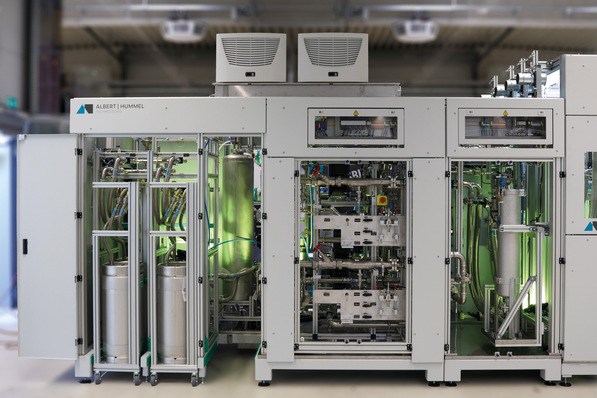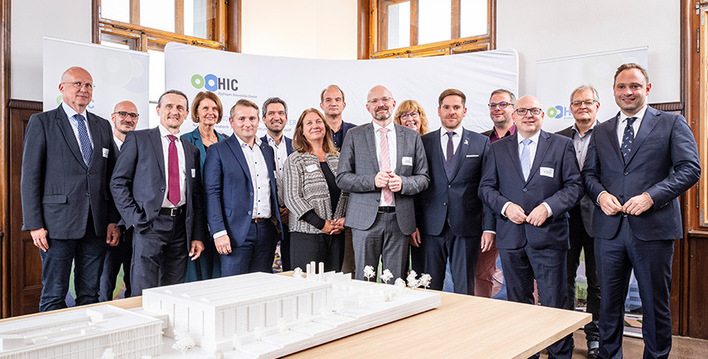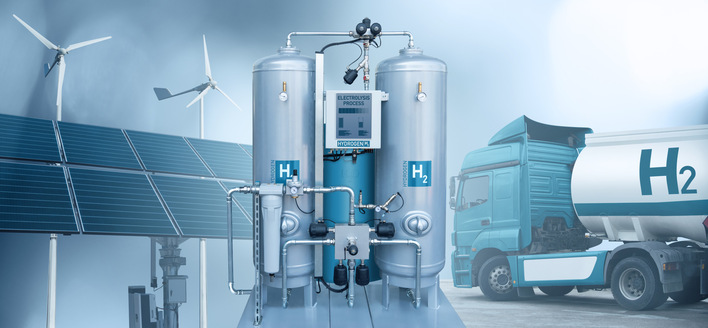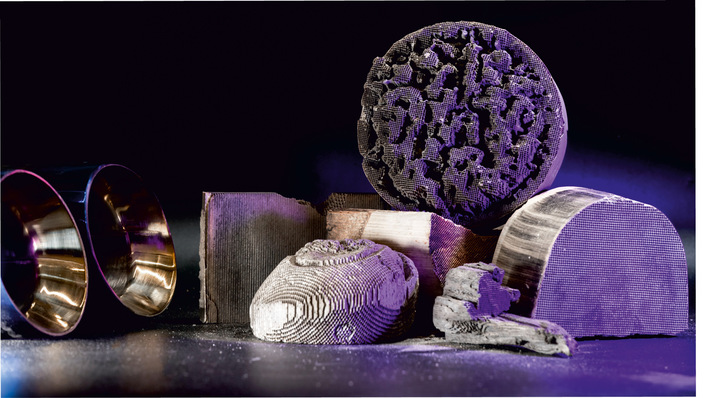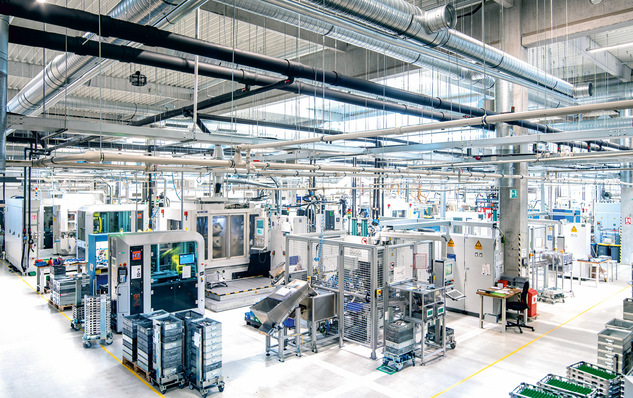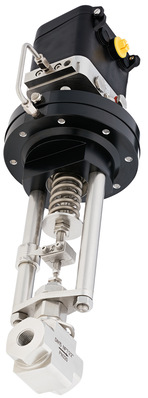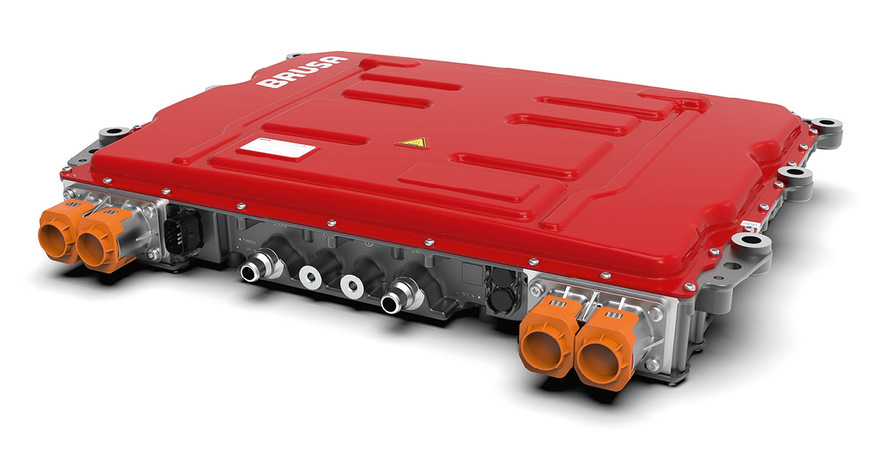
© Brusa Hypower
According to the company, the DC-DC converters BDC668 and BDC688 from Brusa are close to series production but are already available for purchase. In principle, the bidirectional devices can increase or decrease direct current voltage, enabling a wide range of applications. However, the designated application is clear: boosting the voltage from a fuel cell system to the 800 volts required by the drive system.
In the case of the non-galvanically isolated, compact BDC668, voltages from 0 to 520 volts are possible on the low-voltage side, and 450 to 850 volts on the output side. The continuous power output of the BDC668 is 250 kW (340 hp), targeting heavy-duty vehicles such as trucks. Brusa states an efficiency of 99 percent, which is attributed to the “Zero Voltage Switching Technology”. The BDC668 is intended to enable more power in the drivetrain and faster charging in electric vehicles.
For the galvanically isolated BDC688, Brusa specifies several power ratings: 320 kW (435 hp) for drive power, 50 kW for compressors or other auxiliary loads, and 5 kW for pumps and other small loads. The BDC688 features a direct busbar connection to the fuel cell. It is intended for commercial electric vehicles and fuel cell buses. Specifications for both DC-DC converters are still preliminary.
Recently launched into series production are the on-board charger OBC7 (for charging high-voltage batteries) and the DC-DC converter BSC7, which is primarily designed to adapt high voltages for small applications (14 or 28 volts, 3 to 4 kW).
The safety standards are each tailored to use in electric and fuel cell vehicles.
More information: www.brusahypower.com



